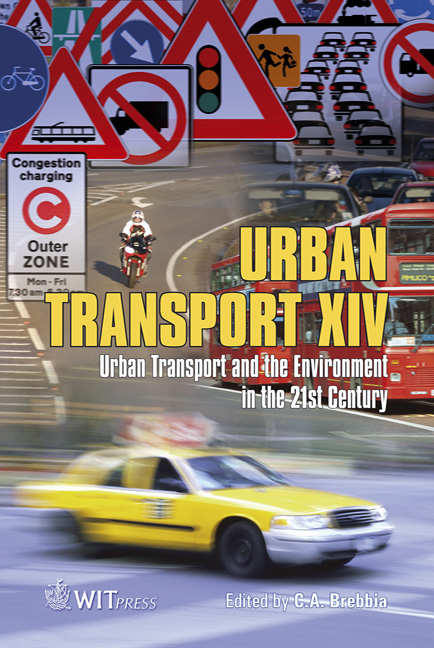Comparison Of Environmental Loads With Rail Track Systems Using Simplified Life Cycle Assessment (LCA)
Price
Free (open access)
Transaction
Volume
101
Pages
6
Page Range
367 - 372
Published
2008
Size
1222 kb
Paper DOI
10.2495/UT080361
Copyright
WIT Press
Author(s)
C. K. Lee, J. Y. Lee & Y. K. Kim
Abstract
Ballast track has some advantages compared to concrete track in terms of noise reduction, drainage and so on. However, rail infrastructure has been exchanged from ballast track to concrete track due to the ease of maintenance without considering prior environmental impact. In order to accomplish superior environmental position in the transportation modes, the environmental characteristics of rail track systems should be investigated, as well as the rail vehicle. In this study, two rail track systems, gravel ballast and the concrete track system, constructed recently on the Seoul–Busan High-speed Line for running KTX (Korea Train eXpress), were compared by quantifying their environmental loads using a LCA tool. The life cycle inventory of track systems was analyzed from their material and energy flows through a whole process. In the future, the application of LCA into railway infrastructure can achieve a fundamental technology for sustainable development. Keywords: railway, track, life cycle assessment, sustainability, CO2 emission, LCA. 1 Introduction Sustainable development is a key issue to shift from economic efficiency to ecological efficiency due to current environmental problems such as climate change from global warming. Environmentally-friendly goods and buildings are good examples. In the railway industry, many studies have been conducted to achieve a better environmental position in transportation. However, most of them
Keywords
railway, track, life cycle assessment, sustainability, CO2 emission,LCA.





